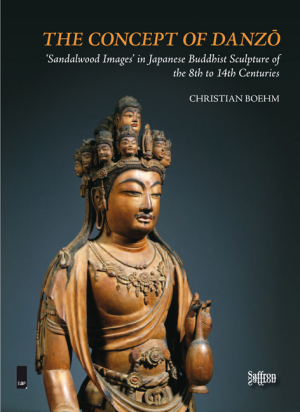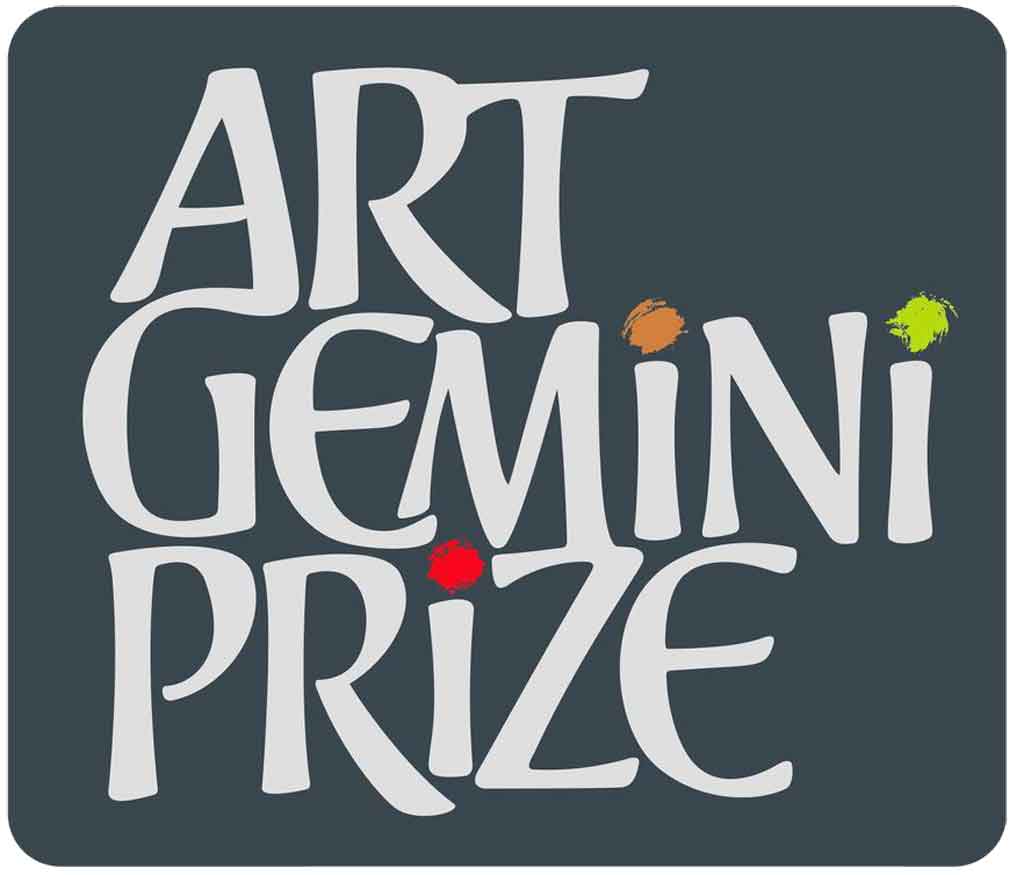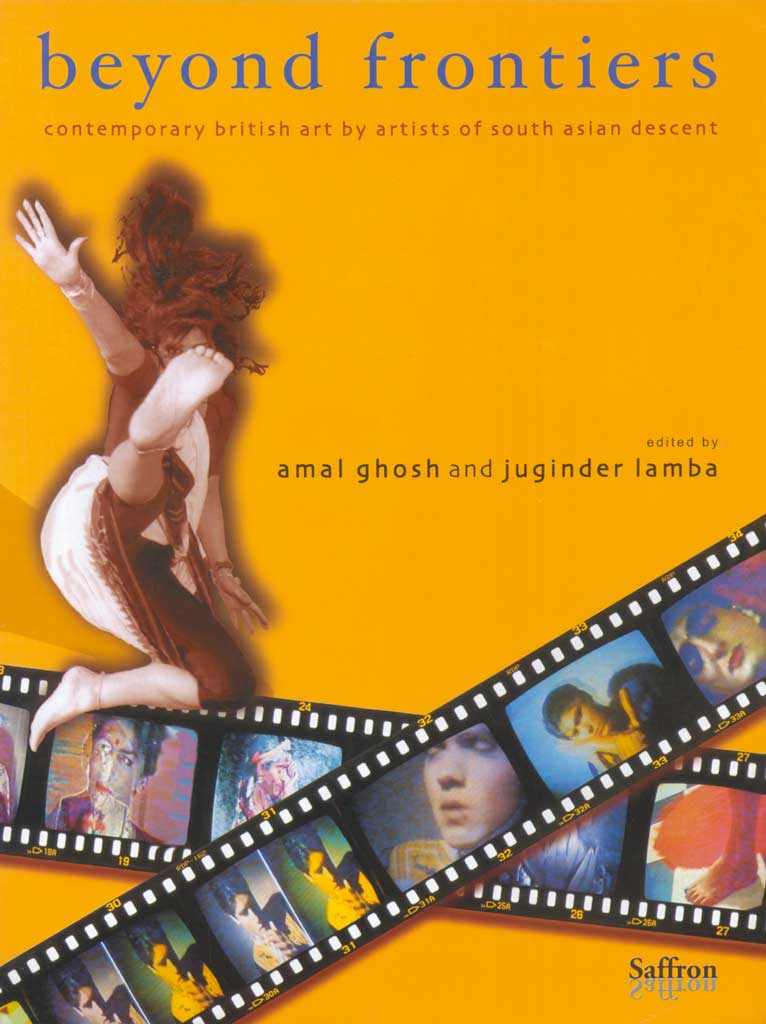Bhupen Khakhar: A Retrospective at the Lowry
‘Much of Bhupen Khakhar’s life has been shadowed by his sexual identity. There are certainly several million homosexuals in the subcontinent but until very recently they have left almost no trace on Indian cultural life. Khakhar, too, kept his sexual life hidden from his family and most of his friends. “I was very much ashamed of my sexuality. I never wanted it to be known I was gay. Up to 1975, I felt that if my friends knew I am gay, I was prepared to commit suicide.” His feelings changed after his visit to England in 1979, where he saw that homosexuality was generally accepted.’ (Timothy Hyman)(1)
As a culmination of a year that saw the celebration of the Commonwealth Games in Manchester (and that heralds 2003’s Year of Diversity), The Lowry is presenting the first UK solo exhibition of Indian painter Bhupen Khakhar, writes Jo Manby. Now 85 years old, Mumbai-born Khakhar is a committed and internationally acclaimed artist, who chooses to remain in India. Exhibiting widely however, the trajectories of his painterly journey (and the narrative fibres that propel us through the winding intimacies, urban/rural Indian myths, and autobiographical tracks of his picture planes) resonate at points across the globe. That this imposing retrospective was produced by the Museo Nacional Centro de Arte Reina Sofia in Madrid(2) is one example.
Bravely, in his fifties, Khakhar came out as a gay man – no mean feat in the West, but particularly difficult in a country where sensitivity towards sexuality can exist close to the surface, like a wound, so easy to become censorial over, so easily blocking up the traffic of social and personal interaction. Tim Hyman, an old friend of Khakhar’s who has written extensively about his work, tells how ‘Khakhar’s coming-out in the course of the 1980’s was probably the most courageous act of his life, and it may also prove to be one of the most consequential. He found himself speaking for a class and a world hitherto unregarded, unrecorded.’
Hyman continues: ‘the most striking change was that his art became explicitly confessional, and as often as not including a self-portrayal – sometimes approaching life-size, and frequently naked’.(3)
The Madrid/Salford retrospective acknowledges this belated rite of passage by showing some controversial work involving much visual reference to the phallus. Sometimes multiplying on the same body, sometimes glimpsed during a sexual act, I would say that rather than being something to hide away (there was a time when no galleries would show his work), these unabashed representations of gay sexuality evoke a feeling of the physicality of the naked body open to the air and the people and places around one – nothing to do with sordidness, but rather to do with the natural and completely innocent sensuality of playful animals.
Taking to the paradigmatic structure of Indian myth and tradition, Khakhar has painted many narrative works, telling the several stages of a story on one canvas. Hyman professes that the two of them have an ongoing passion for the Siennese school of Renaissance Italy, where the beginnings of aerial perspective turn distant lands blue as they recede, while a path (both physical and cerebral) might wind its way from event to event through an achingly beautiful landscape. The connection becomes obvious on sight of Khakhar’s works.
The Indian aspect embraces in microcosm the structures of the great epic poetry of the Ramayana and the Mahabharata, written in Sanskrit in the period around 400 BC, and so massively influential for artists, writers, philosophers, and poets, not to mention their worth as ‘veritable Hindu manual[s] for social, ethical and religious traditions.’ Roy C Craven describes the Mahabharata as ‘the longest poem in the world, containing 90,000 verses or slokas formalised into a gigantic omnibus of sub-stories, myths and legends… originally transmitted by a phenomenal human chain of memory, and only written down centuries after their actual complilation… it is not unusual even now for scholars to discover and record a previously unknown ancient Sanskrit text that is being correctly chanted by an illiterate holy man.’(4)
Hyman’s reference to the ‘shadow’ over Khakhar’s life (above) is revealed in somewhat darker works such as Muslims around the Mosque I, painted last year. Khakhar displays a compulsion to link the sacred with the profane. Male acts, actions and activities take place in a variety of ambiguous spaces – idylls in gardens, screened-off annexes, on carpets, while bathing – spaces peopled by solitary figures moving around sonambulistically among the groups, or looking on, or absorbed in music making, praying and wandering. In other works, men (mainly older men), engage in acts of fellatio, anal sex and onanistic wanderings, the phallus celebrated like the ancient symbol of the lingam.
For many women artists of the subcontinent (and globally) the body can be a site of complex issues around not only representation, but non-representation. How can the body be seen? Aisha Khalid, the Pakistani artist, paints in miniature the suffocating burqa isolationism of always being clothed. Where is the place for the naked female body (which undoubtedly exists!)? Where are the real gritty eroticisms, the reproductive cycles and functions of a veiled woman? Khakhar in a sense had a similar problem when he came out, which he seemed to surmount by the sheer blossoming of his art, since personally the then new work presented a burgeoning of self-knowledge and determined self-representation. But then there are the erotic agonies, not only found in India but the world over – men can be witches, try to turn themselves into women by cutting off their genitals and creating themselves anew with the use of wax and wire.
Professor Gulammohammed Sheikh – artist, curator and another good friend of Khakhar’s – spoke of the contemporary Indian art arena in a paper he presented at the recent Multiple Perspectives conference (5) at Manchester Art Gallery. He made reference to Khakhar as one of the main practitioners of the urban/modern art scene, explaining that the growing visibility of Indian art production had been developing since the 1960s and 70s. Recognition brought ‘sustenance’ to the poor and undervalued, he said, citing the example of the availability of paper which spawned hundreds of artistic careers.
Sheikh felt less positive about the economic liberalisations of the late 1980s and the entry of the Western media hype that buoyed up the development of fundamentalist forces. Referencing the growing perception of sacrilege as ‘an effective weapon for political mileage,’ of communities ‘guarding invisible religious boundaries’, he asked how we each define sacrilege. One man’s meat is another man’s poison, as the saying goes. He mentioned the destructive potential that led to the 1992 demolition of the historic mosque in Ayodhia (6), and the potential for violation in this renewed discovery of blasphemy. In relation to such unfortunate incitements to violence and iconoclasm, he pointed out the controversial shutting up of a gallery room holding Khakhar’s work due to the display of erotic images. Tied up in this polarisation of types of art as the condemned and condoned are the politics of transgression, limits, infringements, and the friction between the many and the few. Sheikh sees the bazaars of India as a floor for a ‘benevolent drama’ that can suddenly become ‘a site for violent acts’, burnings and flaring of frayed religio-political tempers.
Already looking beyond class and caste, at the beginning of his career Khakhar imbued tailor, barber and watchmaker subjects alike with the nobility of his attention. His paintings contain the magical qualities of the imagination that offer potential for transporting oneself (and the artist in the process) into a different yet parallel world; colour heightened, detail seized upon. The colours brushed on gently transmit a sensuous feel, so that the very depiction of an old catamite or lover is like a caress of the body lovingly painted.
Writing this during a Manchester storm, I can see sunlit rain falling in vertical steel hyphens, dashing the lawn, and it’s as if the silver pins and needles are still there among the white blown roses and white paisley leaves of the lace nets. The scene brings to mind the work of Sri Lankan artist, Anoli Perere, who installed white lace she had made over windows at The University of Liverpool Art Gallery(7). This revealed to the viewer a slightly altered scene, and to me suggests a metaphorical sense that the fabric of British culture is gaining fresh patterns, sparkling with the riches of diversity. This sense of alterity leads back into Khakhar’s filtering process – the phenomenal world becomes magically coloured and completely compelling. Artists and writers are often taught to focus at first on what they know as subject matter, rather than searching around for what does not immediately apply to them. The self is a huge resource through which the phenomenal world is processed as it hits our senses, and in our own mind’s eye we see things in a particular and specific way – to the point where we can never be quite sure whether everyone else’s picture of reality pans out the same as ours. We live in a condition of subjectivity as we traverse the relativity and uncertainty of the world with our own data cruncher – the human brain – automatic and built-in.
The links with the materiality of the paint are described by Geeta Kapur in her essay for the catalogue accompanying the retrospective. Delicately she refers to the ‘breathing’ of art as she divides his homoerotic image making into its three phases: (a) in the 1980s, the work comprised ‘easel painting, with its rich medium of oils, with Khakhar’s own thickly, creamily overpainted layers of pigment on canvas’, that ‘carries over the heavy breathing of an idée fixe’. (b) in the 1990s Khakhar turns to the lighter medium of watercolour; ‘released from the viscous, visceral, gleaming materiality of oils, the watercolour image appears like a float, a backlit figure in its afterlife of fantasy… a series of transparent washes is luminescent since the white of the paper shows through… it breathes differently, it is economical and graceful’, and (c) Kapur then describes the third phase; ‘coinciding with his recent illness, and the experience of hospitals and surgery, there is a return to oils confirming in some fortuitous way the relationship of oil paint with visceral matters: Khakhar’s imagery is now oozing blood and entrails… There is also… a fascination with turning pigment and medium into a literal, material, metaphorical analogue for the body (8)’ (for example in the image Bullet Shot in Stomach, 2000).
As the redemptive rains wash clean Manchester’s gardens and the lacy white threads bandage the cut-grass wounds, I ponder my lost opportunity: to look after Bhupen on his planned residency at The Lowry, that he cancelled due to ill health and to his sorrowful inability to part company with India and her troubles, if only for a little while.
(1) Bhupen Khakhar: Sexuality and the Self, Timothy Hyman, presented by www.queer-arts.org
(2) also among its supporters in the UK are SHISHA, cultureshock and Visiting Arts.
(3) Bhupen Khakhar: Sexuality and the Self, Timothy Hyman, presented by www.queer-arts.org
(4) Indian Art, Roy C Craven, Thames and Hudson Ltd, London, 1976, revised edition 1997
(5) Sheikh was the first speaker at Multiple Perspectives, SHISHA’s recent conference in Manchester (and is editor of Contemporary Art in Baroda, Talika, New Delhi, 1997 – Baroda is Khakhar’s birthplace)
(6) led by the Hindu-fundamentalist Bharatya Janata Party (BJP), who want to build a Hindu temple there instead
(7) as part of ArtSouthAsia, an exhibition programme initiated by SHISHA, the international agency for South Asian craft and visual arts
(8) Bhupen Khakhar (ex cat) Enrique Juncosa and Geeta Kapur, published by Museo Nacional Centro de Arte Reina Sofia, Madrid 2002, p36 – 38
© Jo Manby August 2002







